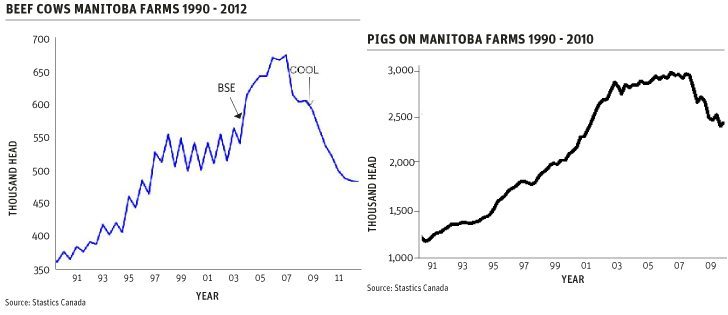The American dollar has gained ground on most of the world’s other currencies, a situation that hurts its ability to export crops, which in turn puts downward pressure on crop futures prices.
It is a two-edged sword for Canadian crop exporters. It could give Canadian exports a competitive advantage, but it also drives up the cost of importing equipment and inputs priced in U.S. currency. It also makes vacations in the U.S. more costly.
Later in this column I’ll look at the impact of wet weather in Europe, but let’s stay with the currency issue for a moment.
Read Also

Saskatchewan looks to expand trade in Indonesia
Saskatchewan intends to increase its agricultural partnership with Indonesia.
The economic situation driving the greenback higher affects almost all other currencies, and the Canadian loonie has not escaped.
The Canadian dollar had climbed to around US76 cents in December, but by late last week was down around 72.75 cents. It fell more than one cent following the U.S. monthly inflation report issued April 10, which showed surprisingly high inflation.
I’ve written a couple of times recently that currency values this year will depend a lot on when central banks start to wind back the high interest rates they put in place to fight inflation.
The issue is that the American economy is doing better than its peers in most of the world. The fairly hot U.S. economy is keeping the flame under prices and making it hard to cool inflation.
The March U.S. consumer price index was up 3.5 per cent compared to the same point last year. That was up from 3.2 per cent in February and was higher than what economists expected and higher than what the Federal Reserve would like.
U.S. core inflation, which excludes food and energy, was up 3.8 per cent from a year ago compared to the February rate of 3.75 per cent.
Canada’s CPI ticked up to 2.9 per cent in March, up from 2.8 in February. However, core inflation, excluding food and energy, fell to 2.9 per cent from 3.1 per cent in February and 3.3 per cent in January.
That supported expectations that the Bank of Canada will begin cutting interest rates in June. However, the stronger inflation rate in the United States has economists thinking the Federal Reserve might take longer to cut rates.
A higher interest rate in the U.S. would encourage international investors to park their money in the U.S. dollar rather than other currencies.
I’ve noted this is affecting most currencies.
While the Canadian dollar fell 1.3 per cent from April 10-19, the Brazilian real fell 3.8 per cent.
That meant Brazilian farmers got more reals for every U.S. dollar’s worth of soybeans they sold. In other words, it made the domestic price of Brazilian soy rise, which resulted in an influx of Brazilian farmer sales last week.
And that makes U.S. soybeans less attractive on the world market.
It is hard to know how long this will last. Many market watchers now doubt the Fed will cut rates this summer. As well, the frequency of rate cuts will likely be slower than was expected a few months ago.
Turning to the weather, there has been excessive rain through the winter and into spring in Britain and France.
British farm groups are warning that muddy fields have particularly hurt crops such as potatoes and carrots. The quality of wheat is downgraded, and the country will have to import larger quantities of quality wheat.
Areas of France are also suffering from excessive rain. FranceAgriMer estimated 64 per cent of the cereal crop was good to excellent, 23 per cent fair and 13 per cent poor to very poor. Last year at the same time, 93 per cent was good to excellent, six per cent fair and none was in the poor to very poor category.
Weather in Germany has improved, but winter crop acres are down because of wet weather last fall.
Meanwhile, it is dry in the Balkan countries of southeastern Europe.
Also, concerns are starting to appear about several weeks of unusually warm, dry weather in southwestern Russia and eastern Ukraine.
Analytic firm SovEcon last week shaved its outlook for Russia’s winter wheat crop to 67.3 million tonnes from 68.2 million last month.
The combined winter and summer wheat crops are pegged at 93 million tonnes, down one million from last month.
However, that is still more than last year’s crop, which was 91.5 million tonnes, according the U.S. Department of Agriculture.
Continuing with weather issues, it has turned dry in Kansas, where much of the U.S. hard red winter wheat crop is produced.
Its condition has deteriorated from where it was in March, but it is still in much better shape than it was last year at this time.















